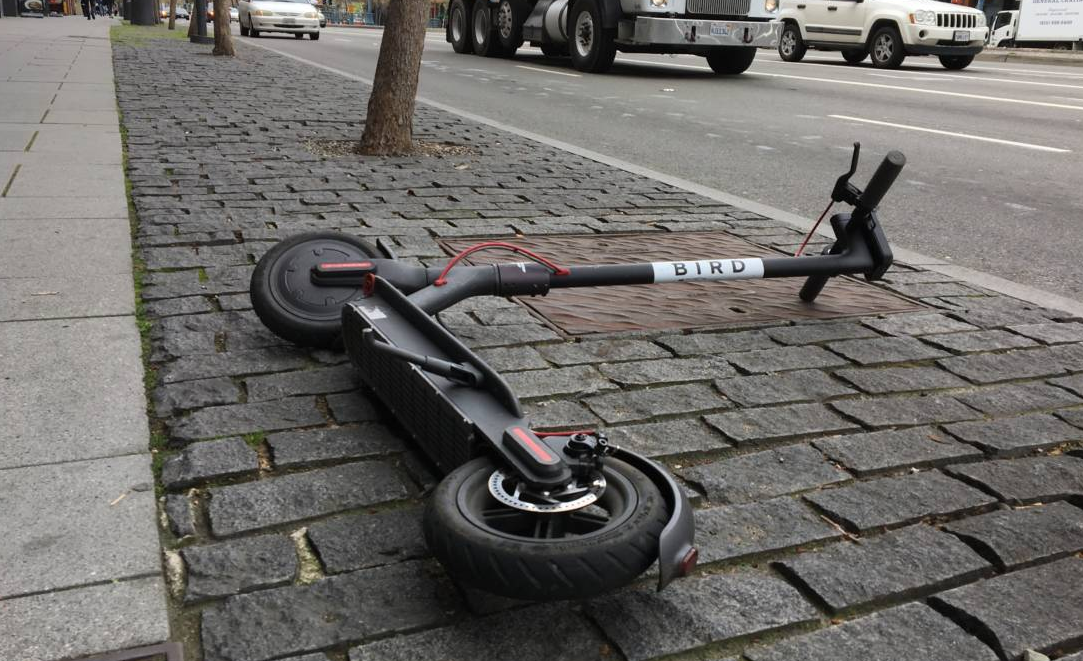
Advertisement
The concept of rubber tires protecting your car from lightning turns out to be a myth, and a dangerous one at that. A motorcyclist in Florida was struck by lightning during a storm, causing him to crash. This man is just one of the 20 people who died from being struck by lightning in 2019.
The accident should serve as a warning to people who are planning to head out during a storm, thinking the rubber tires on their vehicles can protect them from lightning bolts. John Jensenius, lightning safety specialist working for the National Lightning Safety Council, has stated in no uncertain terms that “It’s a myth that rubber tires protect a vehicle from being struck by lightning.”
The urban legend of rubber tires
Jensenius said that vehicles get struck by lightning fairly regularly. However, it’s not the rubber tires that protect the people inside it, but the metal roof of the vehicle. Jensenius has said that the best way to protect yourself in a lightning storm if you’re in a vehicle is for that vehicle to have a hard top. This is because the car can act as a Faraday cage, or a kind of shield against electricity, during a lightning storm. When the electric charge from the lightning hits the outer metal shell of your car, it keeps it from entering the interior and injuring (or possibly killing) any passengers inside.
“If struck,” said Jensenius in an email, “the electrical charge will pass around the metal shell of a hard-topped vehicle and into the ground, often passing through or over the tires. If people can’t get inside a substantial building, we recommend that they get inside a hard-topped metal vehicle with the windows rolled up.”
The National Weather Service (NWS) itself has stated that “convertibles, motorcycles, bicycles and other open-shelled outdoor recreational vehicles and cars with fiberglass shells” cannot protect you from lightning.
Furthermore, the NWS stated that rubber-soled shoes also do not offer any protection from lightning. “While rubber is an electric insulator,” the NWS said in a statement, “it’s only effective to a certain point.” They said that the average electricity in a lightning bolt, around 30,000 amps of charge, can be as hot as 50,000 degrees. This means it can burn through any insulator, including power lines and rubber soles.
Jensenius has also debunked another myth: that lightning can’t strike you if you’re traveling fast enough. “The time it takes to go from the cloud base to the ground is only a small fraction of a second,” he said. “During this time, anything traveling at highway speeds is virtually standing still with respect to the lightning.”
In the case of the Florida man, he was driving his motorcycle and, according to news reports and officials who investigated the accident, lightning struck his helmet, with a large blast mark etching itself on the helmet’s plastic shell. (Related: Scientists develop self-healing rubber that could mean punctured tires repair themselves as you drive.)
To protect yourself from lightning, stay indoors
The NWS has stated that the best way to protect yourself against lightning storms is to not be in the area of one. And if you already are, stay indoors and avoid going near metal objects. Also steer clear of doors, windows and water. If you’re inside your car, park it away from a tree or power lines that can come down on you. Don’t drive, because you can get into an accident if lightning does strike. Keep your windows rolled up and avoid touching anything metal.
If you’re out in the open and you can’t make it to shelter, avoid water and the high ground. Don’t huddle under canopies or trees and don’t stand near metal objects. Crouch down with your feet close together and cover your ears to protect your ear drums. Keep any electronic devices, such as smartphones, away from you. Do all of these and you may be better prepared for a lightning storm.
Sources include:
Advertisement
Advertisements
















